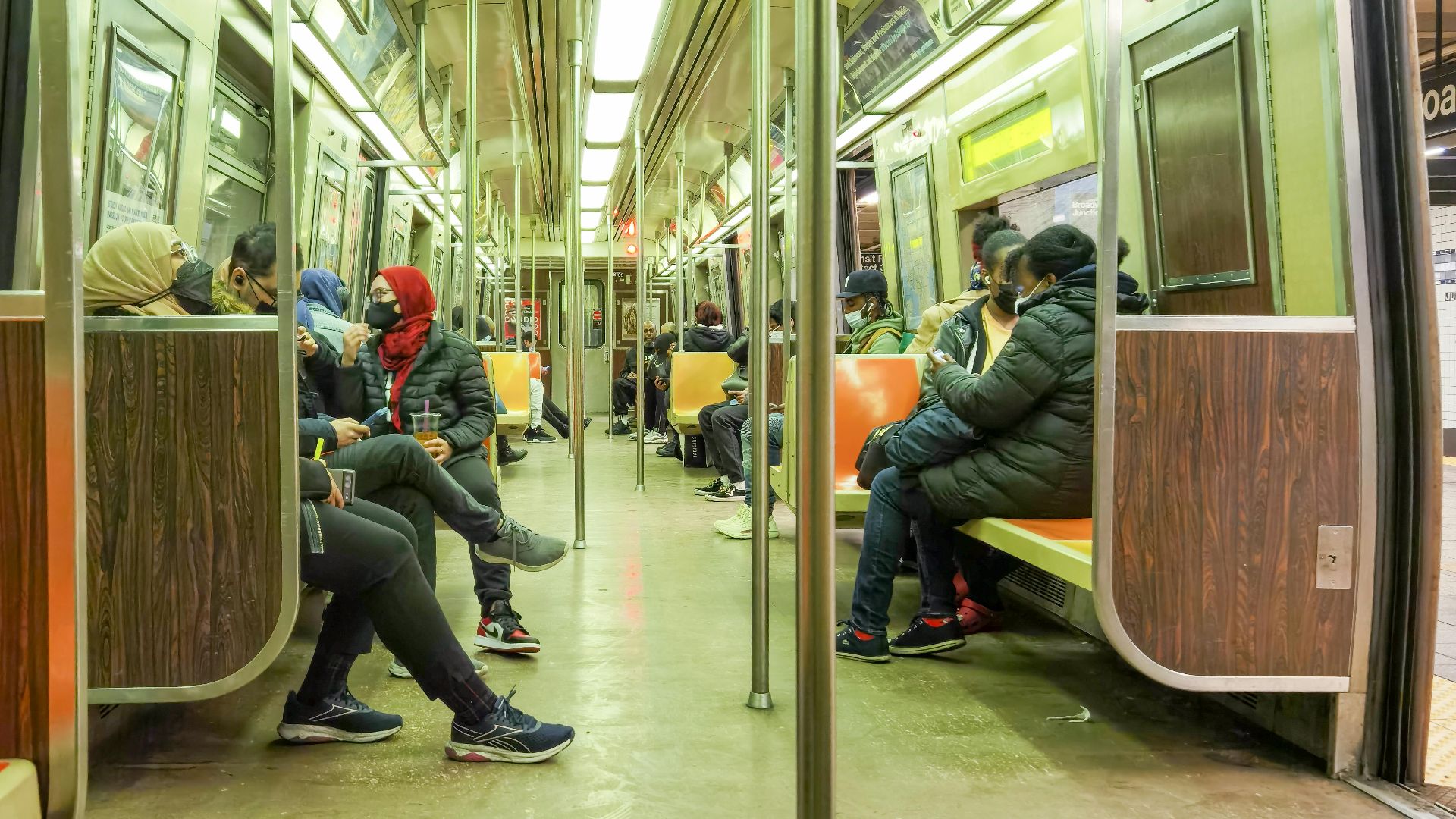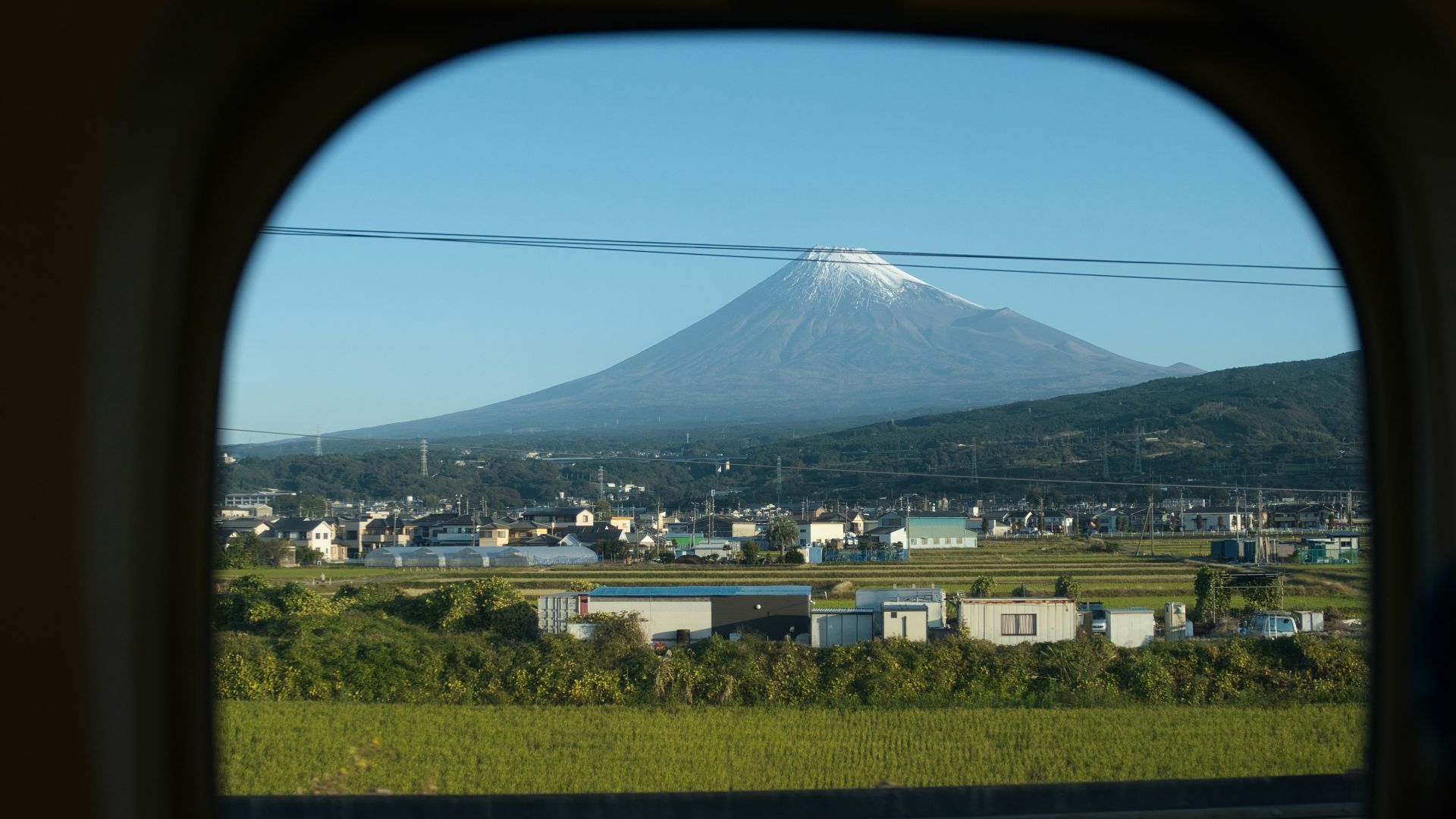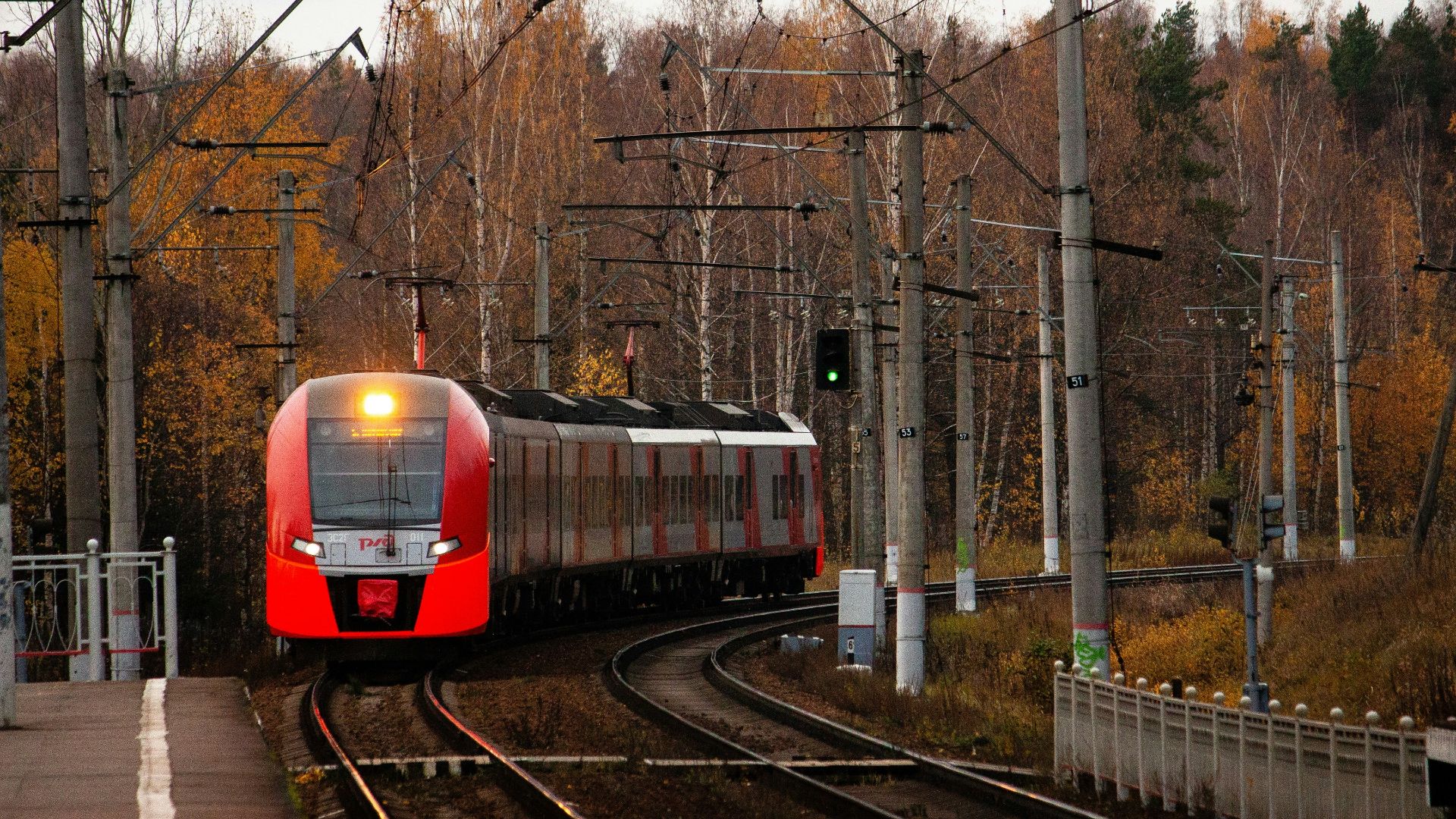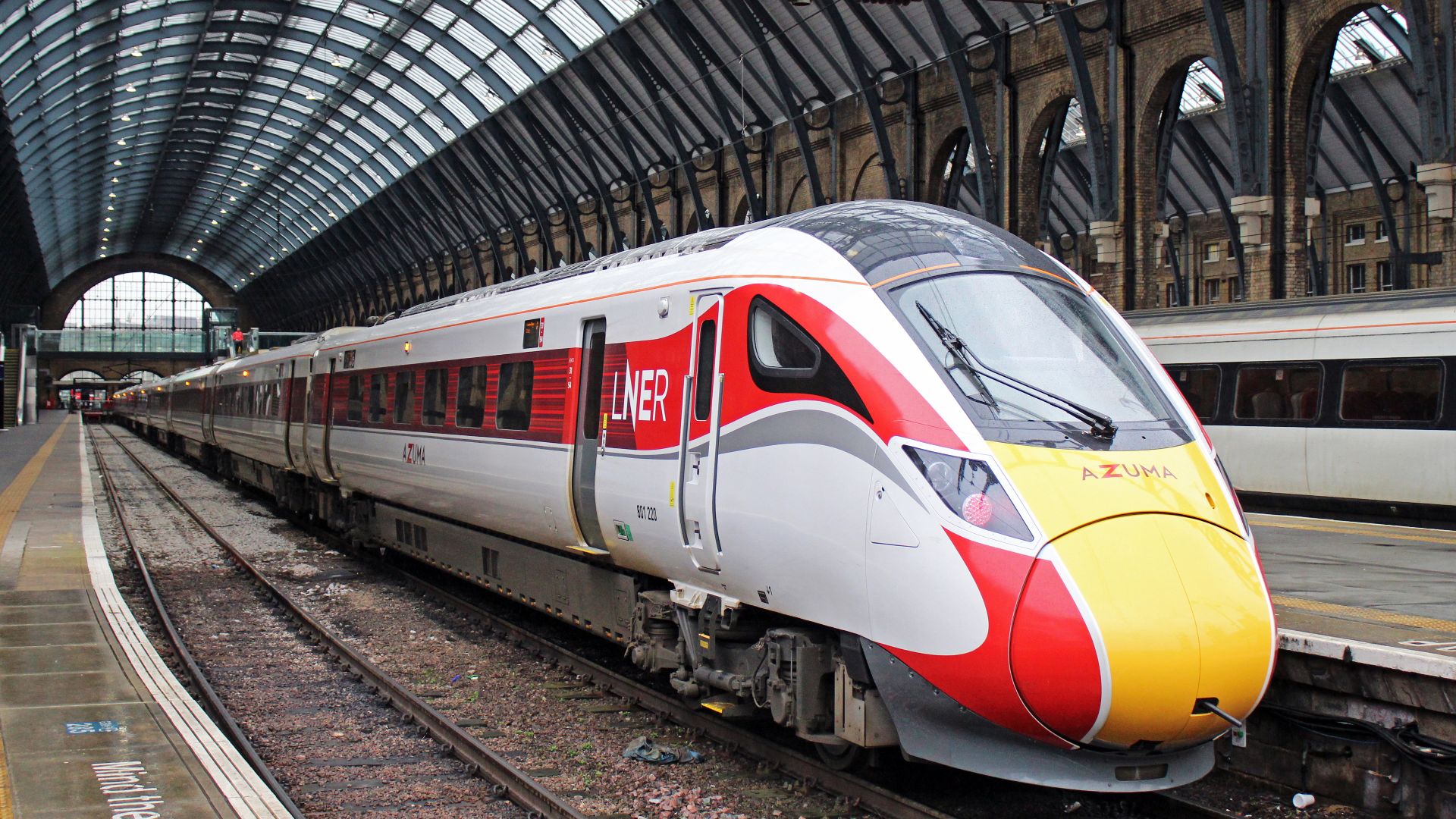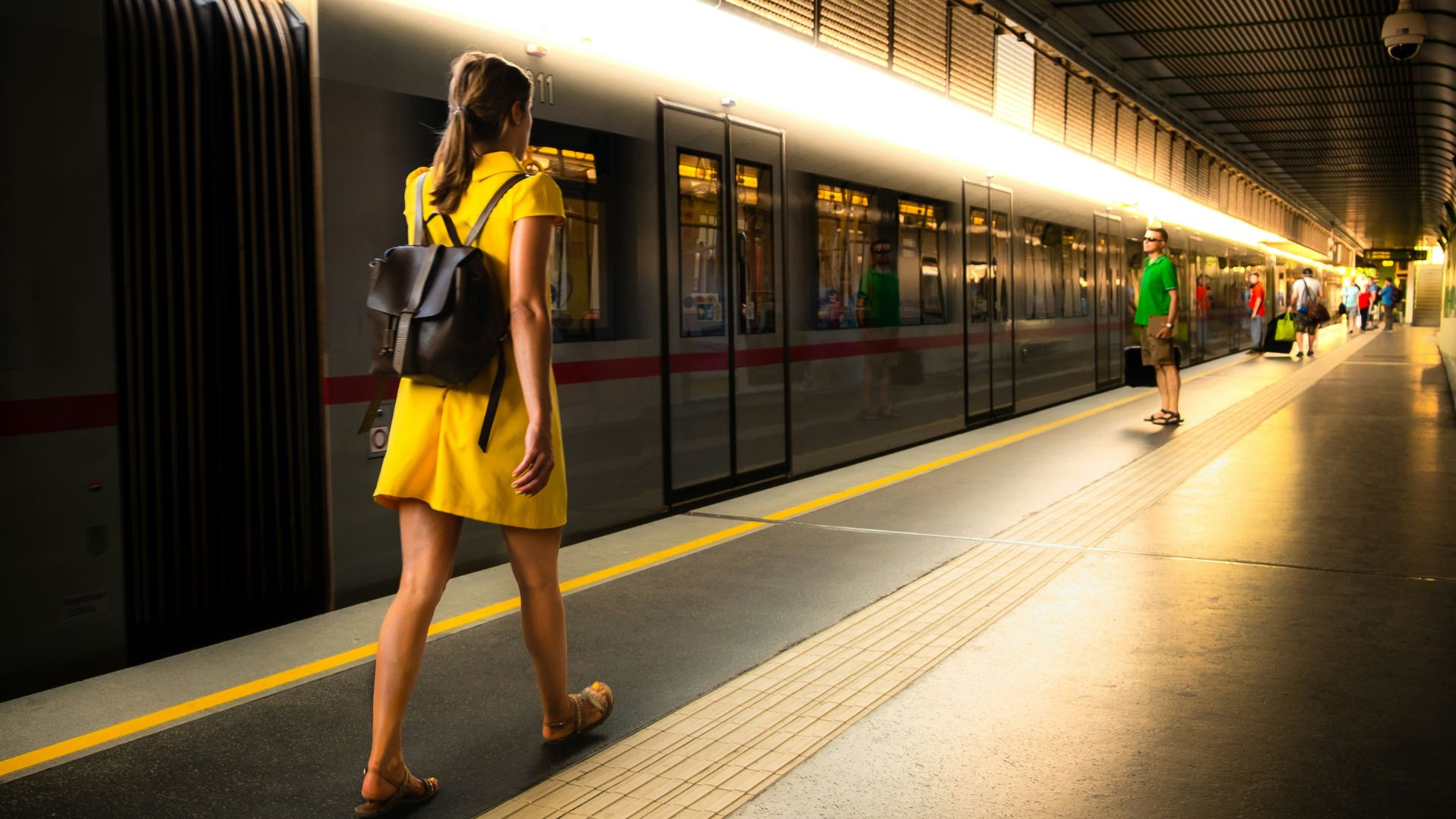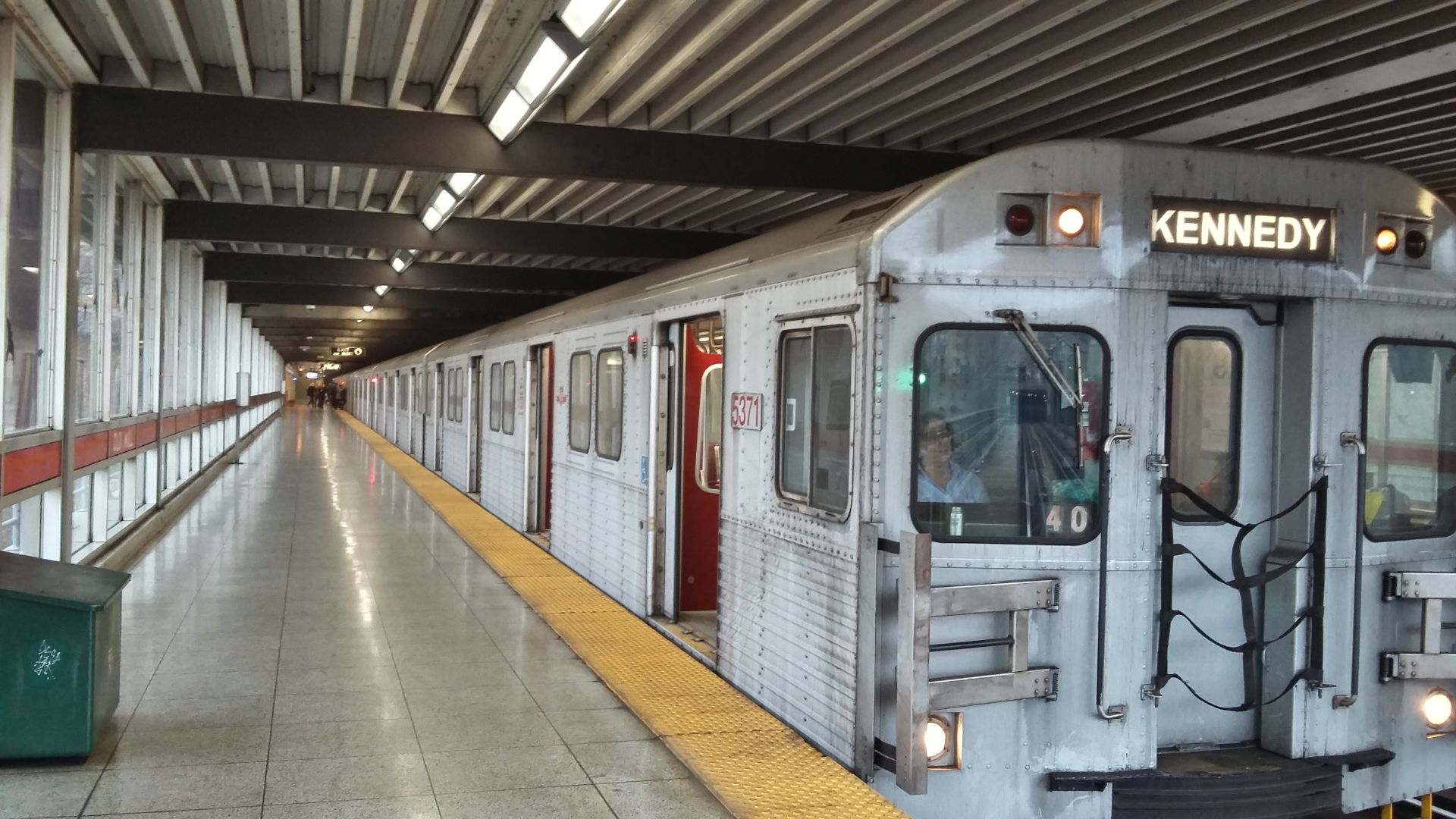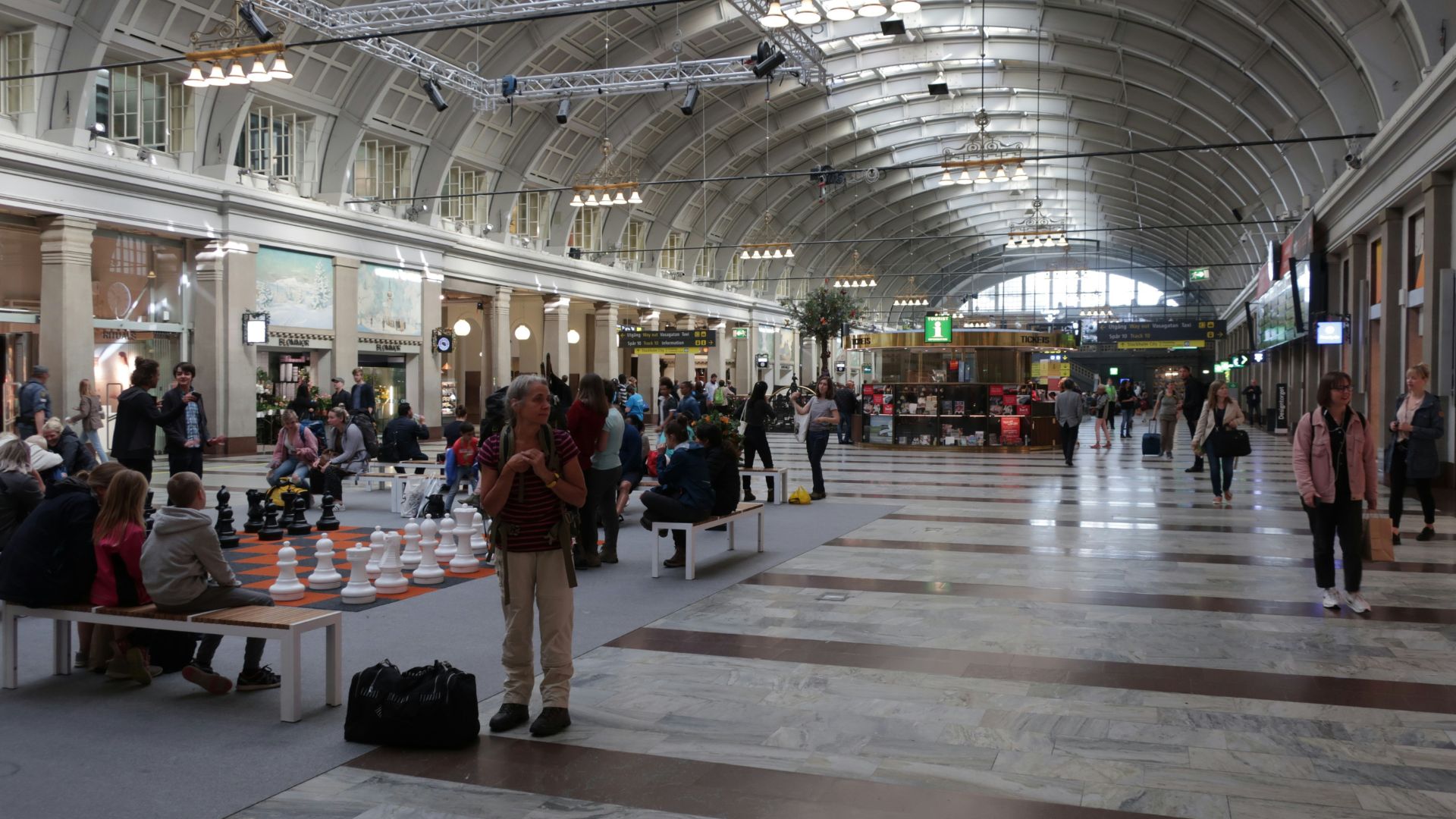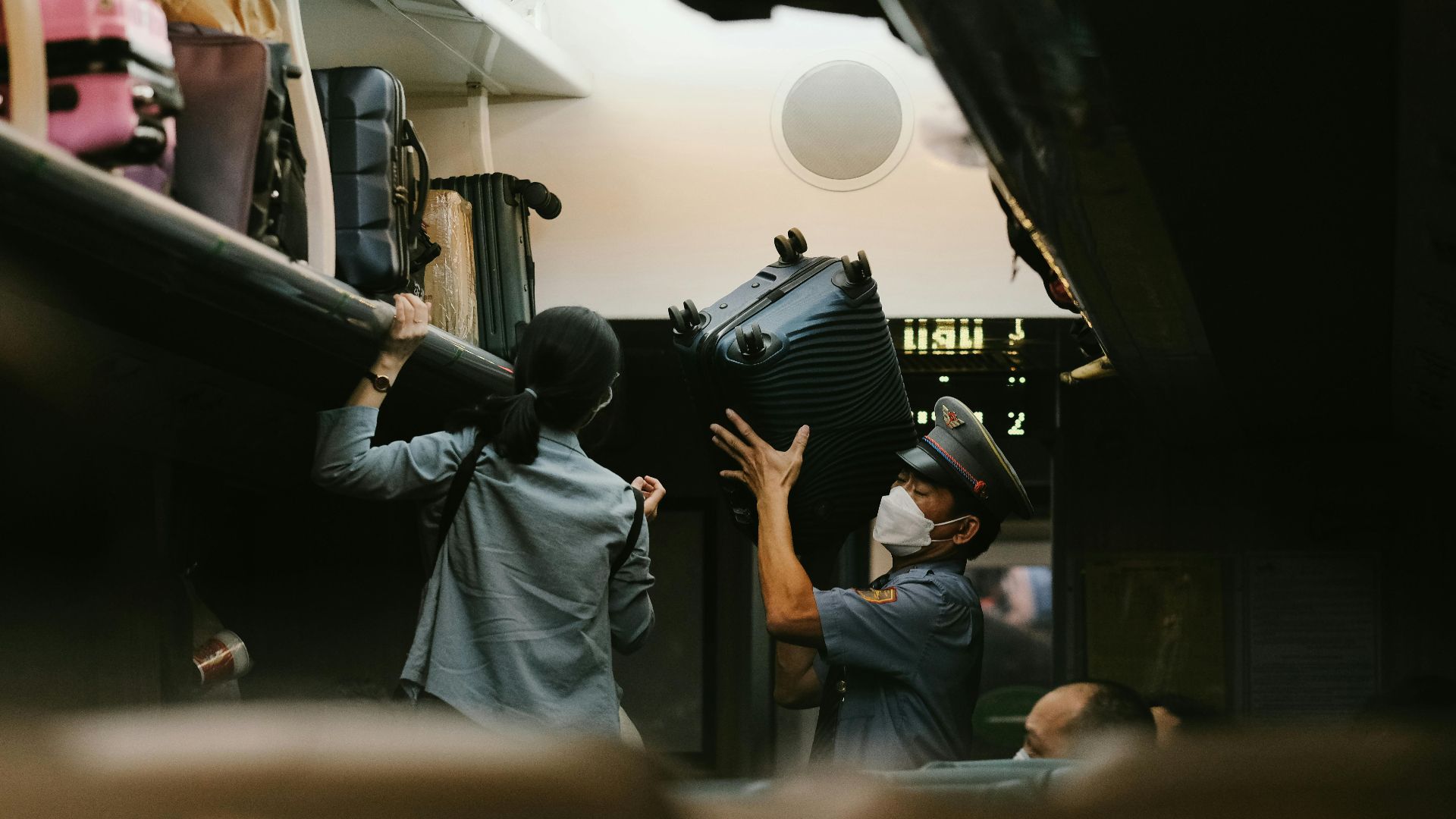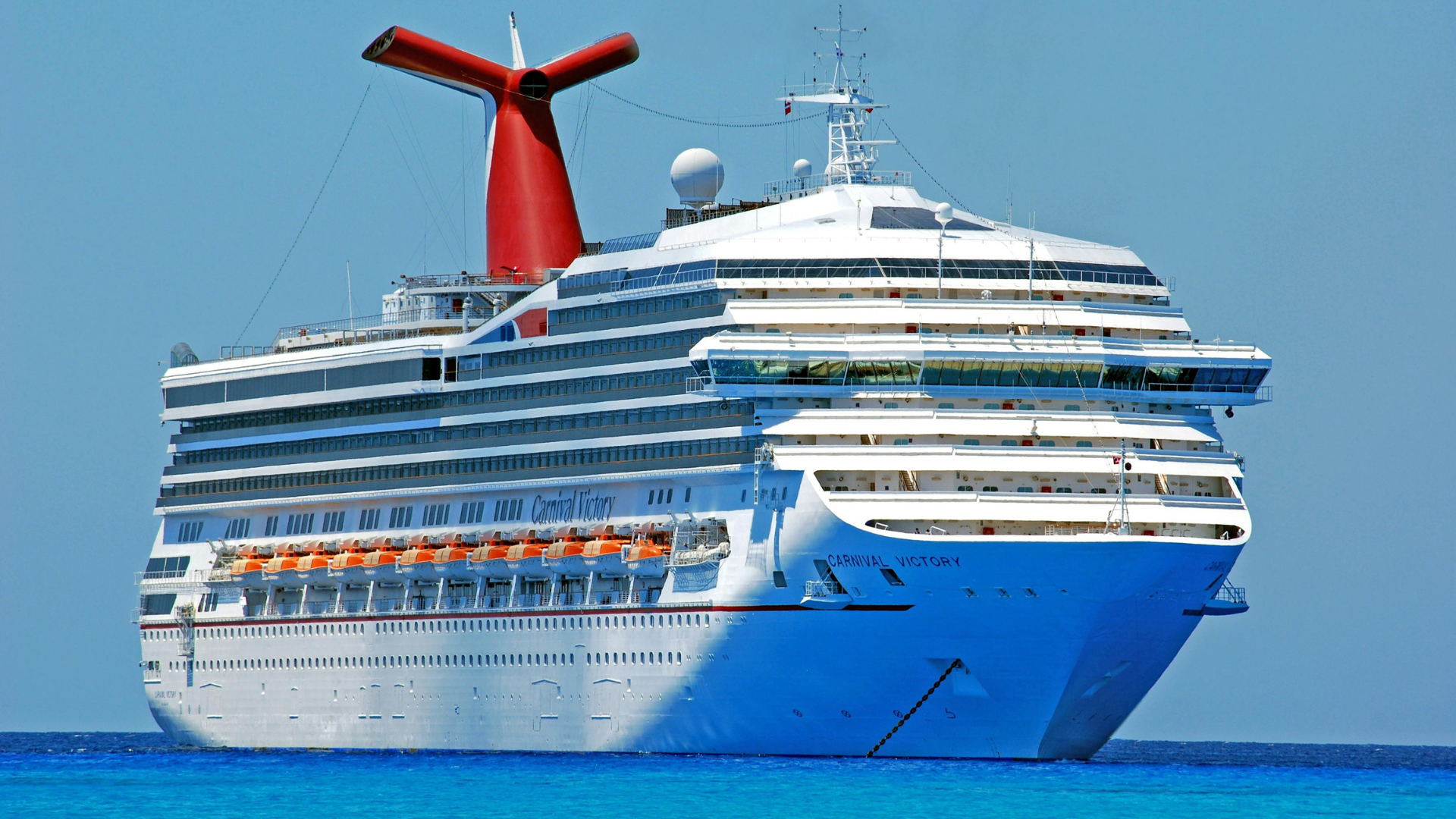Different Takes On Train Travel
Train journeys hold a special place in the hearts of many wanderers and commuters. It’s all about views, comfort, and nostalgia. However, it’s a test of patience for others. Today, we’re here to help you see how strong opinions the rail stirs. So, let’s first look at the ten reasons people love traveling by train.
1. More Legroom And Freedom To Move
Train cabins allow you to stretch, walk, and shift positions easily—comforts missing from most airplanes. Travelers can roam freely between cars or relax without seatbelt constraints. The entire ride feels more humane, especially on longer trips that would otherwise require confinement.
2. No Airport Hassles
Gone are the baggage fees and long TSA lines. Train stations often sit in city centers, reducing transit time on both ends. This convenience lets passengers skip the stress of early check-ins and enjoy smoother boarding with far fewer procedural hurdles.
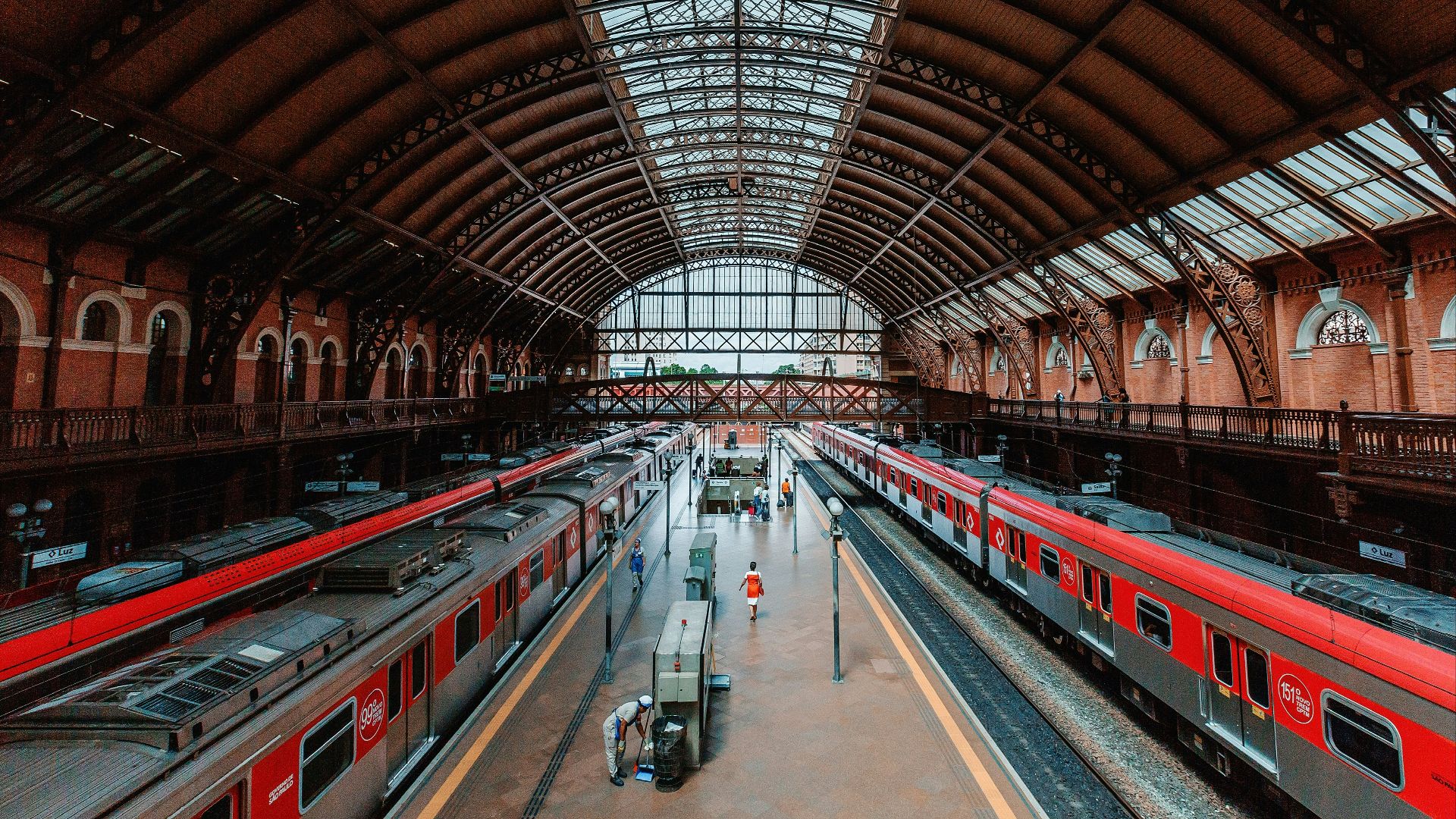 John Michael Wilyat on Unsplash
John Michael Wilyat on Unsplash
3. Panoramic Scenery
Wide windows invite passengers into a live-motion travel documentary. Unlike highways or clouds, railways cut through mountains, valleys, and coastlines without obstruction. The uninterrupted connection to changing terrains turns the ride into a visual journey that builds anticipation with every passing mile.
4. Eco-Friendlier Transportation
Trains release less greenhouse gases per passenger mile than cars or airplanes. Electrified railways particularly excel in reducing fossil fuel reliance. Many climate-conscious travelers now choose rail for its lower environmental footprint, especially on medium-distance routes where alternatives are limited.
5. Unique Overnight Options
Some trains can also serve as mobile hotels, offering sleepers, meals, and showers while in motion. For instance, the Venice Simplon-Orient-Express and India’s Palace on Wheels combine classic luxury with travel. These rolling experiences blur the line between transportation and destination.
6. Easier To Carry More Luggage
Passengers aren’t squeezed by tight weight limits or forced to check bags. Larger items, like strollers, instruments, or sports gear, can often be brought onboard without extra charges. Such flexibility makes train travel ideal for longer trips or when traveling with bulky essentials.
7. Historic And Iconic Routes
Beyond simple transit, some rail journeys are steeped in history and cultural meaning. For example, the Trans-Siberian Railway spans an entire continent and reveals Russia’s varied environments. Iconic lines like this offer not just movement, but a narrative carved into steel tracks.
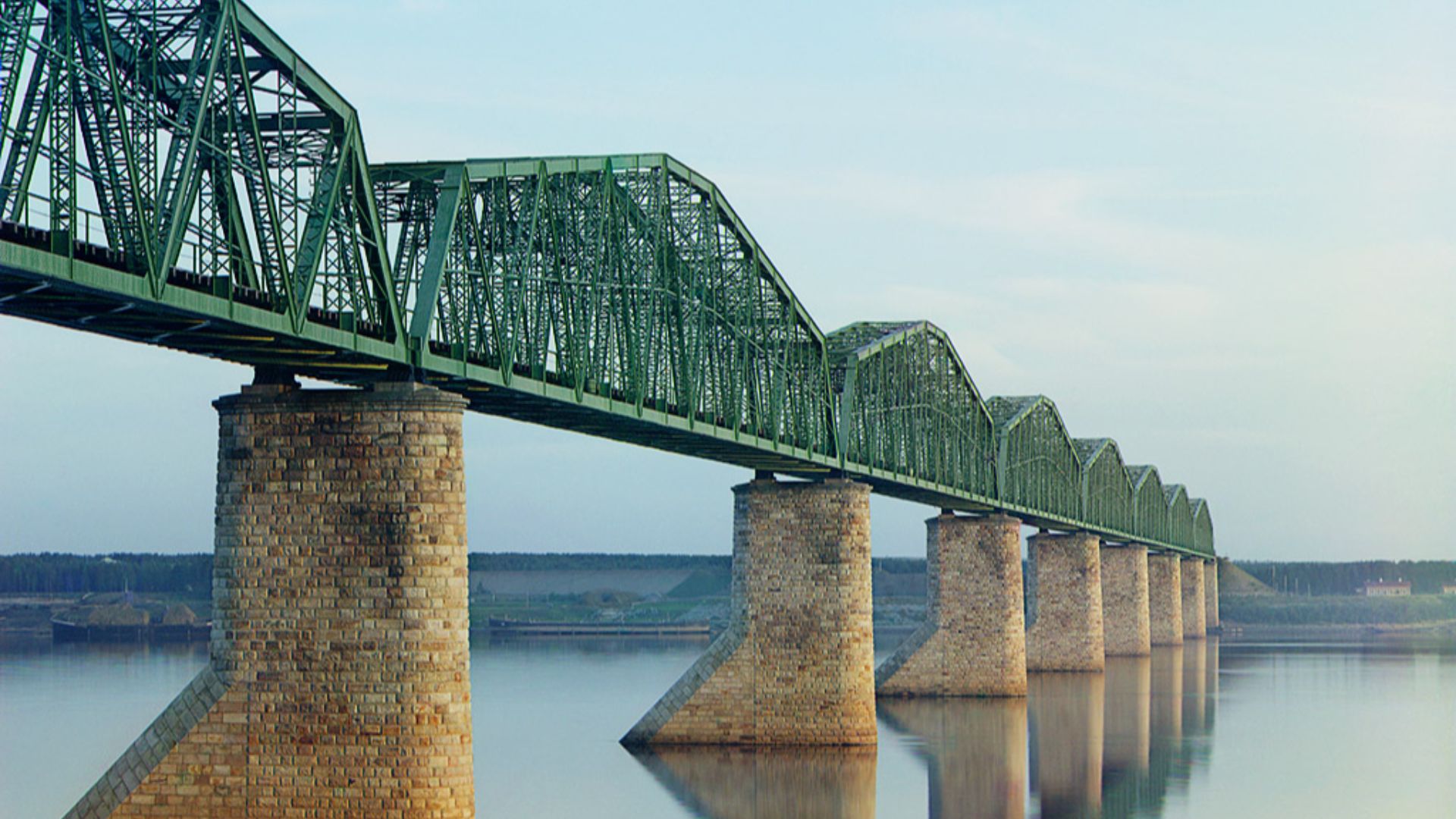 Sergei Prokudin-Gorskii on Wikimedia
Sergei Prokudin-Gorskii on Wikimedia
8. Onboard Dining With A View
Meals are more than sustenance when you’re gliding past hills or distant skylines. Dining cars transform basic eating into an experience, with linen-covered tables and wide windows setting the stage. Even modest meals become memorable when paired with diverse views.
9. Reliable Wi-Fi And Device Charging
For many, staying online during travel is essential. Many modern trains, like those operated by LNER in the UK, offer power outlets and stable internet access, allowing work, streaming, or even video calls while in motion. These digital conveniences help make long rides feel productive.
10. Fewer Travel Delays
Rail schedules, particularly in well-maintained systems, tend to be more consistent than air or highway travel. Weather rarely brings operations to a halt. Unlike flight boards filled with “delayed” or “canceled,” many train stations maintain a surprisingly punctual rhythm.
Still, train travel isn’t without its frustrations. Beneath the charm lies a web of issues that can derail even the best-planned trip. Here are the reasons it can be a real headache.
1. Delays With Little Clarity
When trains are delayed, clear updates are rare. Unlike airlines, there's no rebooking counter or consistent status feed. Passengers are often left standing on platforms, unsure if the wait will be five minutes or two hours, with no way to adjust plans effectively.
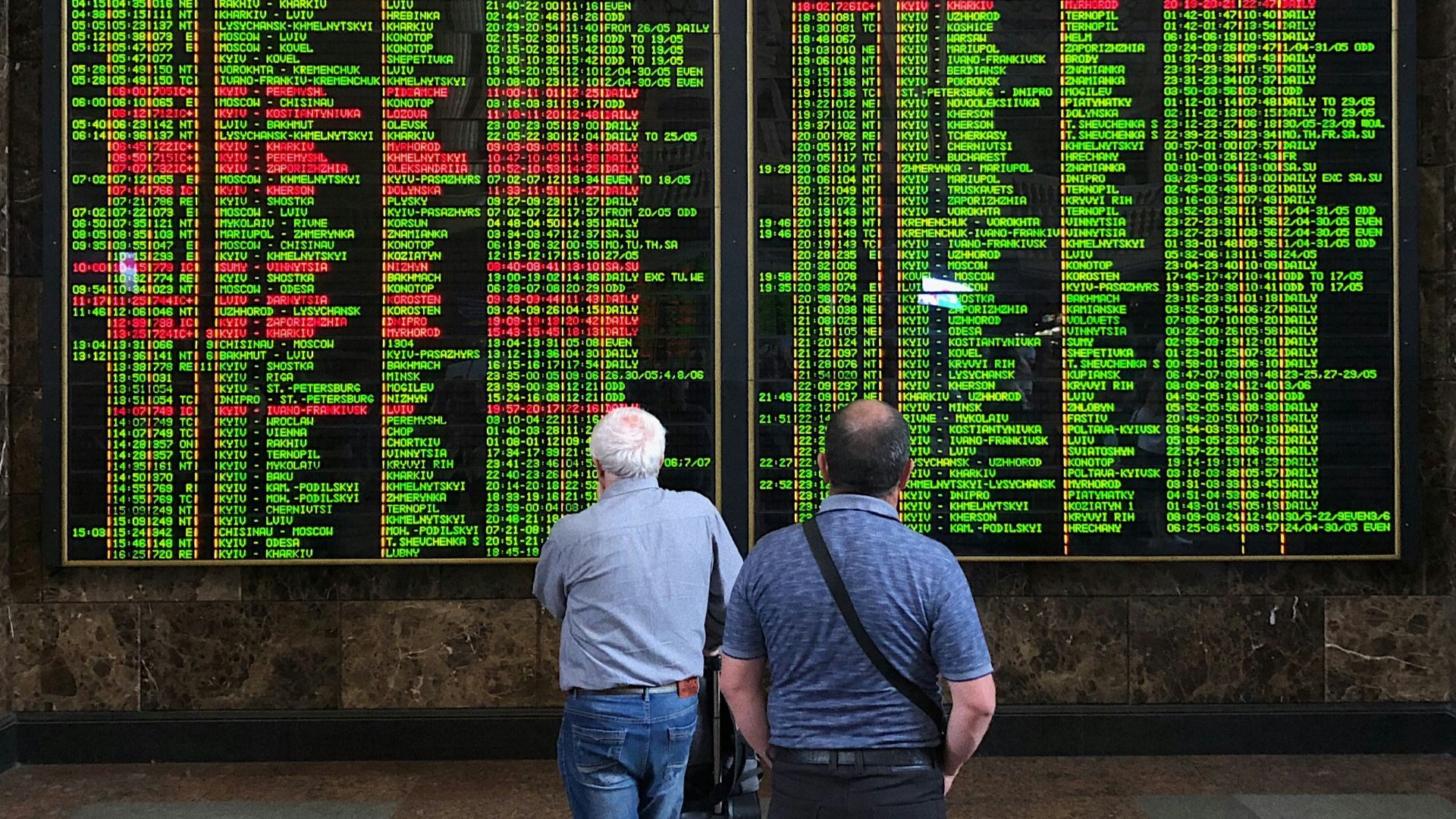 Kostiantyn Trundaiev on Unsplash
Kostiantyn Trundaiev on Unsplash
2. Sparse Coverage In Some Areas
Entire regions lack access to passenger rail, leaving many to rely on cars or buses. It’s not uncommon for large towns or rural hubs to have no train station within a hundred miles. This makes seamless train-only travel nearly impossible in some countries.
3. Outdated Equipment
Peeling upholstery, dim lighting, and temperamental heating systems can ruin a journey. Instead of modern comfort, some routes offer aging carriages that feel decades behind. Long trips on these trains often feel more like endurance tests than peaceful rides.
4. Confusing Booking Platforms
Buying a ticket can require navigating clunky websites or comparing multiple regional systems. Pricing isn’t always transparent, and seat assignments may be unclear until boarding. What should be a simple task often turns into a frustrating guessing game.
5. Lackluster Amenities
Don’t count on fast Wi-Fi—or even a working outlet. Many trains, including those on the UK’s Northern Rail Network, lack these amenities. Some routes still don’t offer proper air conditioning or functioning toilets, even on journeys lasting over an hour.
 David Ingham from Bury, Lancashire, England on Wikimedia
David Ingham from Bury, Lancashire, England on Wikimedia
6. Strikes Disrupt Everything
A rail strike doesn’t just delay travel; it can cancel your plans outright. With few alternatives in place, affected passengers are often left stranded. Labor stoppages in key cities can paralyze entire systems, throwing off schedules for days even after trains start moving again.
7. Luggage Isn’t Always Secure
Bags typically sit on racks near entrances, not under supervision. Theft is rare but possible, especially on crowded trains or overnight journeys. Without dedicated security checks or locked compartments, passengers must stay alert or risk losing valuables mid-route.
8. Sleep Isn’t Guaranteed On Night Trains
Dim lights and a bunk don’t promise rest. Noisy passengers, bumpy tracks, and frequent stops can make for a long, sleepless night. Light sleepers often arrive at their destination groggy and unrested, even after paying extra for a supposed overnight travel solution.
9. Tickets Can Cost More Than Flights
Despite greater affordability options, rail prices can still soar, especially at the last minute. A same-day train ticket between London and Edinburgh, for instance, can exceed $150, while budget airlines often offer the same route for less than half that.
10. Accessibility Still Lags Behind
Many train stations lack elevators or level boarding platforms. Even where regulations require them, enforcement is inconsistent. For travelers with wheelchairs or mobility issues, what should be a simple trip can involve detours, long waits, or reliance on staff assistance.



